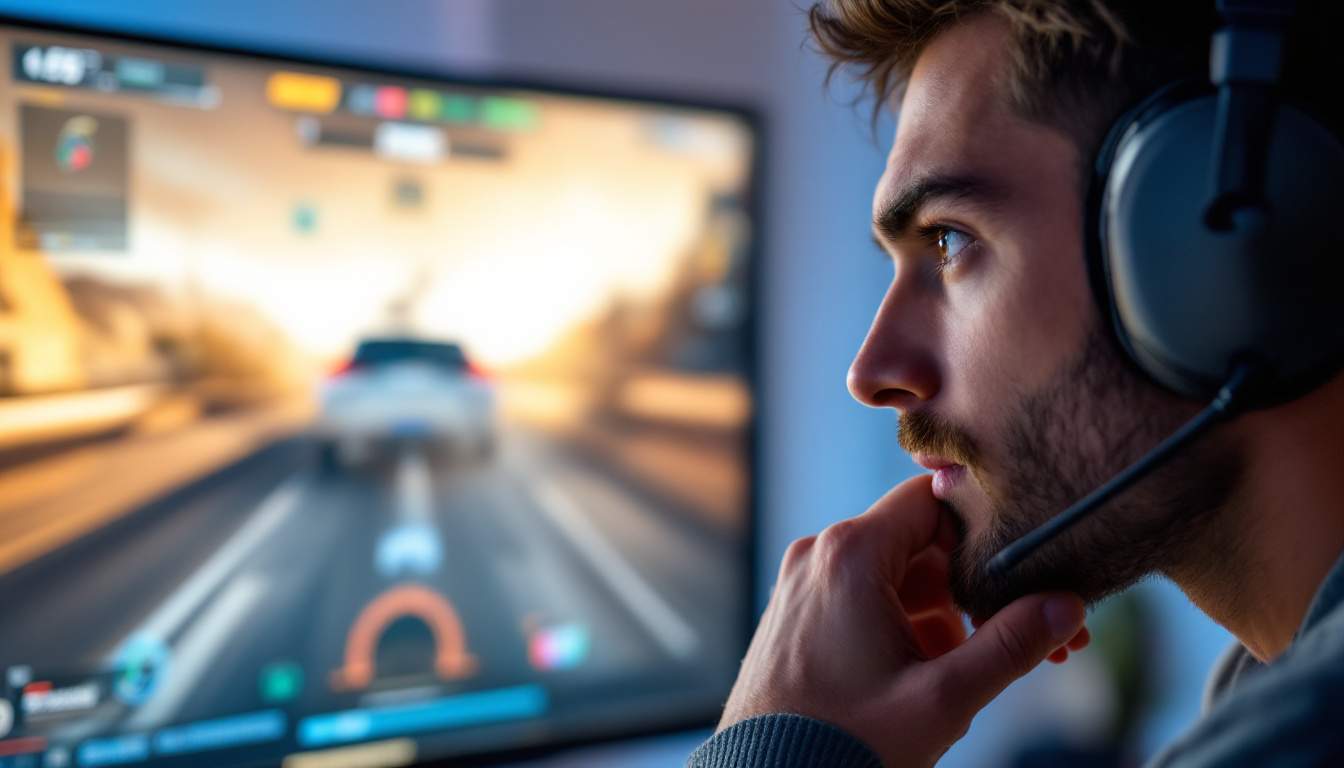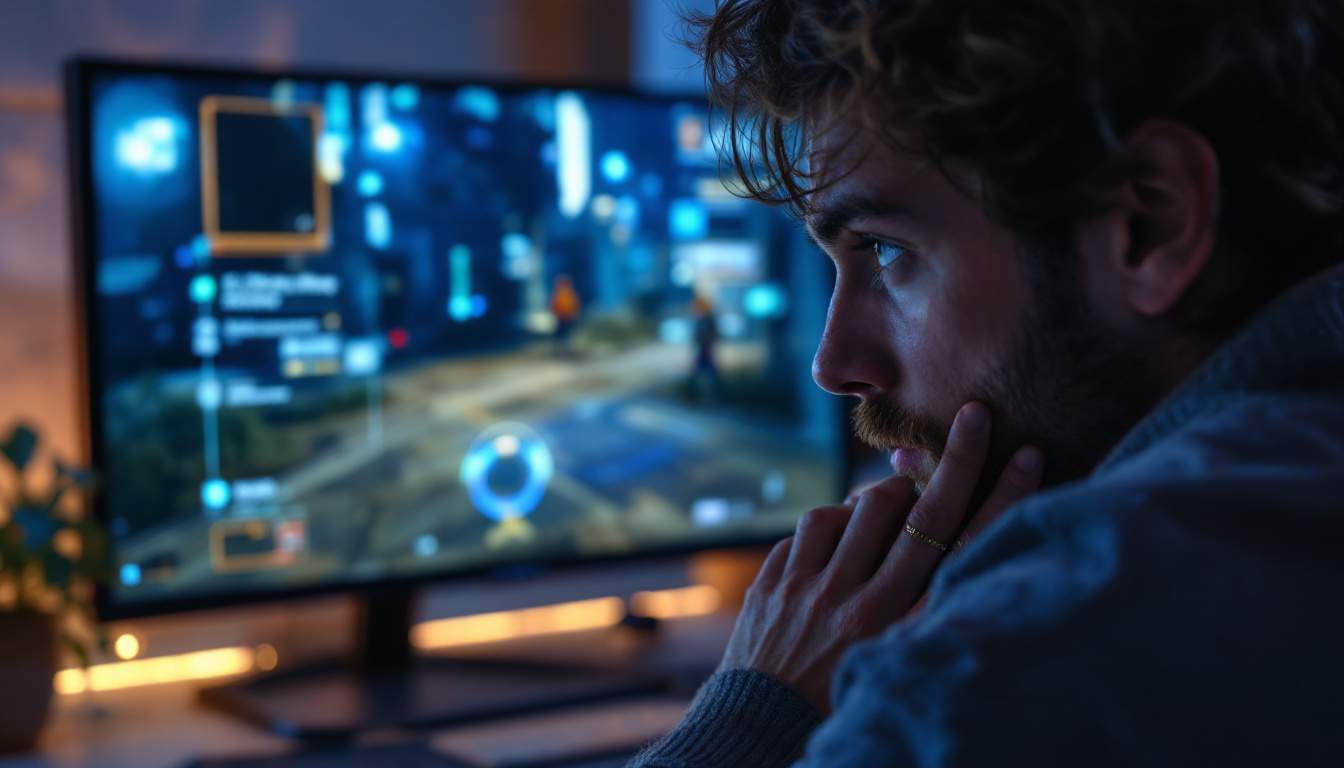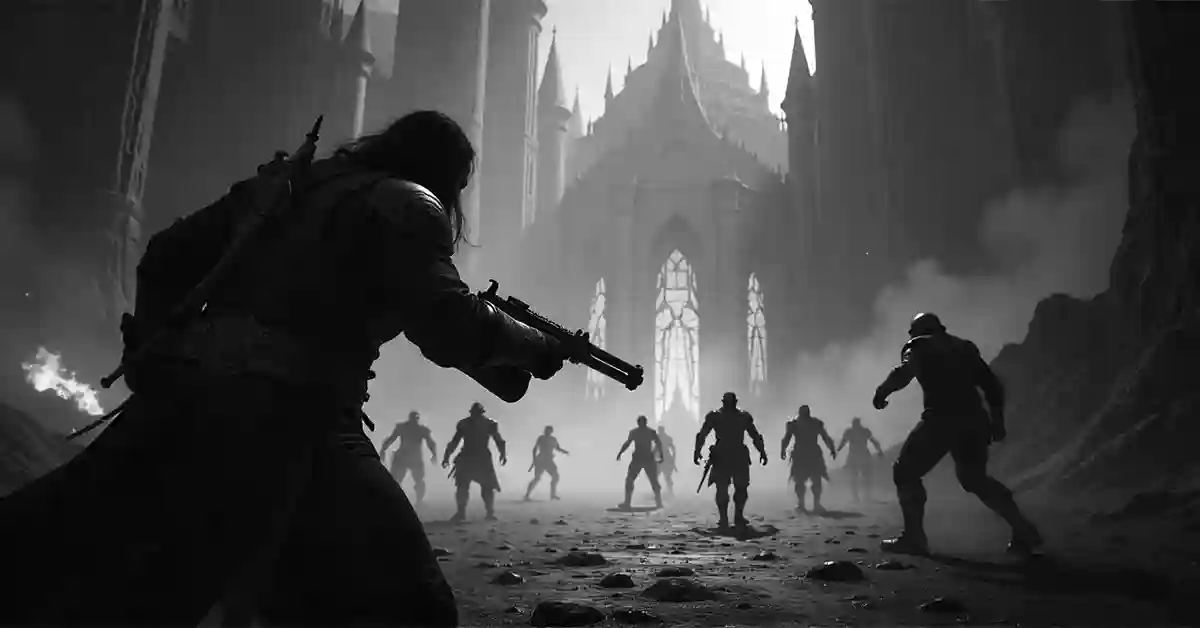In this article, we will take a closer look at the camera system in the popular video game Elden Ring. Many players have expressed frustration with its camera mechanics. By understanding how cameras work in video games and examining the issues with Elden Ring’s camera, we can learn more about why it doesn’t meet players’ expectations.
Understanding the Role of Camera in Video Games
The camera in video games is very important. It decides how players see the game world. A good camera helps players feel like they are part of the game. It can show important things going on and help players understand where to go.

In many games, the camera angle can change based on where the player is. This can help players see their character and the surroundings better. When the camera works well, it helps players enjoy the game more. Additionally, the camera can enhance the storytelling aspect of a game. By focusing on specific characters or events, it can create emotional connections and heighten the drama, making players feel more invested in the narrative.
The Importance of Camera Angles and Perspectives
Camera angles are like the eye of the player. They can see the action from different perspectives. For instance, a bird’s eye view lets players see everything on the battlefield. This perspective can be helpful during competition.
In contrast, a close-up view may create a sense of excitement and danger. These angles can change how players feel about the game. Good camera angles can make fights easier or help players spot hidden treasures. Moreover, some games utilize dynamic camera angles that shift in real-time during gameplay, adding a cinematic quality to the experience. This can make even routine actions feel epic, drawing players deeper into the immersive world of the game.
How Camera Mechanics Impact Gameplay
Camera mechanics are the rules of how the camera moves. If the camera moves smoothly, players can run and jump without noticing it. But if the camera is jumpy or gets stuck, it makes playing hard and frustrating.
Players might miss important things happening in the game if the camera isn’t working correctly. Players can get lost or confused. This can lead to dying in games or not being able to complete tasks. The camera is like a guide when playing the game. Furthermore, some games incorporate innovative camera mechanics, such as first-person perspectives that place players directly in the character’s shoes, or third-person views that provide a broader context of the environment. These mechanics can significantly alter gameplay strategies, as players must adapt their tactics based on how they perceive their surroundings and interact with the game world. The balance between player agency and camera control is crucial; an effective camera not only enhances gameplay but also enriches the overall gaming experience by allowing players to fully engage with the challenges and narratives presented to them.
The Elden Ring Camera: An Overview
Elden Ring is known for its vast open world and exciting gameplay. However, the camera system in Elden Ring has not won the hearts of every player. Let’s take a closer look at how the Elden Ring camera is designed and the experiences different players have had with it.

The Design of the Elden Ring Camera
The Elden Ring camera is designed to follow the character at a set distance. This means it tries to keep the player’s character in the middle of the screen. While this may work for some games, Elden Ring’s environment is large and often complex.
This design can cause problems, especially during fights with enemies. When a battle gets intense, the camera can zoom in too closely, making it hard to see enemies surrounding the player.
Moreover, the camera’s automatic adjustments can lead to disorientation, particularly in densely populated areas or during boss fights where multiple adversaries are present. Players often find themselves struggling to maintain situational awareness, as the camera’s perspective can shift unexpectedly, obscuring critical visual cues that are essential for dodging attacks or planning counter-strategies. This aspect of the camera design has led to a mixed reception, with some players appreciating the cinematic feel it brings to exploration, while others feel it detracts from the core gameplay experience.
Player Experiences with the Elden Ring Camera
Many players have shared their thoughts on Reddit and gaming forums. Some say that the camera makes it nearly impossible to see what is happening during fights. They feel it sometimes makes them lose track of important enemies.
Others have talked about how the camera can get stuck on walls or objects, which makes it difficult to navigate. They describe moments where they could have avoided a strike but couldn’t see the enemy due to the camera angle.
In addition to these frustrations, some players have noted that the camera’s behavior can lead to an unintentional sense of claustrophobia, especially in tight spaces or during narrow pathways. The feeling of being trapped in a confined view can heighten the tension of encounters but can also detract from the sense of freedom that the open world is meant to provide. Conversely, there are players who have found creative ways to adapt to the camera’s quirks, developing strategies that involve positioning themselves in a way that minimizes the camera’s limitations. This adaptability showcases the resilience of the community, as they navigate the challenges presented by the camera system while still enjoying the rich lore and expansive landscapes of Elden Ring.
Identifying the Problems with the Elden Ring Camera
After looking at player experiences, it becomes clear there are certain problems within the Elden Ring camera system. By identifying these issues, players can better understand the obstacles they face while playing.

Issues with Camera Control
Many players complain that camera control is not very responsive. This means when they try to move the camera to see better, it can lag or do the opposite of what they want. The camera movement is crucial for avoiding enemy attacks.
When players lose control of the camera, they can suffer consequences in battle. This can often lead to frustration or forced game restarts, which take away from the fun of playing. Moreover, the lack of fluidity in camera control can hinder a player’s ability to execute complex maneuvers, making it difficult to dodge or counterattack effectively. As a result, players may find themselves relying on trial and error, which can detract from the immersive experience that the game aims to provide.
Problems with Camera Positioning and Movement
Another key issue with Elden Ring’s camera is its positioning. Many players noted that the camera sometimes positions itself too far away from the action. This can make it difficult to spot opponents or important items. When the camera pulls back too much, players can feel disconnected from the game.
Additionally, the camera doesn’t always follow players correctly when they move. If a character runs into a building or behind an obstacle, the camera can struggle to adjust, thus causing confusion. This disconnection can lead to a frustrating experience, especially in fast-paced encounters where quick reflexes are essential. Players often find themselves missing critical visual cues, such as enemy attacks or environmental hazards, simply because the camera fails to keep pace with the action. Such moments can result in unnecessary deaths or missed opportunities, further compounding the issues players face during their journey through the Lands Between.
Comparing Elden Ring’s Camera to Other Games
To understand Elden Ring’s camera problems better, we can compare it to other games. Some have more advanced camera systems, making the gameplay smoother and more enjoyable for players.
Camera Mechanics in Other Role-Playing Games
In many other role-playing games, the camera is designed to offer flexibility. For instance, games like The Witcher 3 and Dark Souls let players adjust camera angles easily. This flexible design helps players feel more connected with the world and their characters.
These games utilize automatic camera adjustments that can reposition themselves in tight spaces, ensuring players are always aware of their surroundings. This kind of design greatly enhances gameplay experience. Additionally, the ability to zoom in and out allows players to tailor their view based on their preferences, whether they want a more cinematic experience or a broader perspective to spot enemies from afar. Such versatility not only enriches the immersion but also aids in strategic planning during combat encounters.
What Elden Ring Could Learn from Other Games
Elden Ring could benefit from adopting features from other successful games. By making the camera more responsive and adjustable, players could enjoy a much better experience. If the camera could automatically adjust to different environments, it would help players navigate complex areas better.
Learning from successful camera mechanics could lead to enhancements that make battles more engaging and exciting, rather than frustrating. For example, implementing a dynamic lock-on system that smoothly transitions between targets could significantly improve the flow of combat. This would allow players to focus on their enemies without losing sight of the action around them, fostering a more fluid and responsive gameplay experience. Furthermore, incorporating visual cues or indicators that guide players in navigating the expansive open world could alleviate some of the disorientation that comes with exploring Elden Ring’s intricate landscapes.
Possible Solutions to Improve Elden Ring’s Camera
Lastly, let’s explore possible solutions that could enhance the camera experience in Elden Ring. Addressing the current issues may lead to a better playing environment for everyone.
Suggestions for Camera Control Improvements
One good suggestion is to add more camera control options. By allowing players to adjust how fast the camera moves, players can have better control during gameplay. Slower camera movements could help when aiming at faraway enemies.
Furthermore, adding sensitivity settings would let players customize the experience according to their liking. Each player has a different style, and options can cater to these preferences. Additionally, introducing a toggle for camera lock-on could help players focus on specific targets without the camera swinging wildly, especially during intense boss fights where precision is key. This would not only enhance the combat experience but also reduce frustration when trying to land crucial hits on formidable foes.
Potential Changes to Camera Design and Positioning
Making adjustments in how the camera positions itself can be very beneficial. For example, the camera could automatically pull back during combat to provide a wider view. It could also transition to a close-up view when players engage with important characters or events in the game.
This flexibility in camera design would help keep players informed about the context and increase their enjoyment. Furthermore, implementing a dynamic camera system that reacts to the environment could enhance immersion. For instance, when players enter a narrow corridor or a dense forest, the camera could automatically adjust to fit the surroundings, providing a more cinematic experience. Such a feature would not only make exploration feel more engaging but also add layers of strategy to combat scenarios, as players would need to adapt to changing perspectives in real-time. The potential for a more responsive camera system could truly elevate the overall gameplay experience in Elden Ring.










